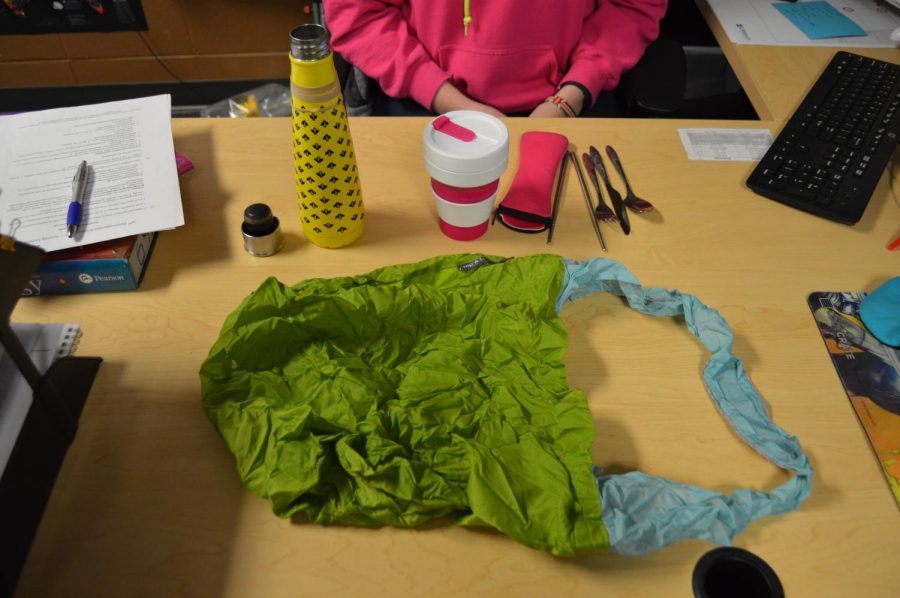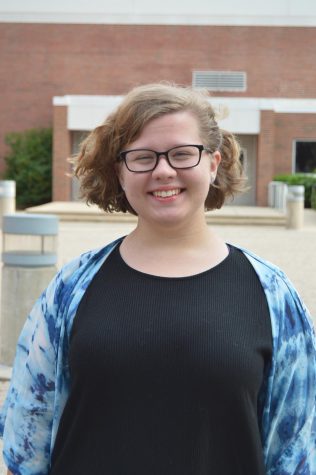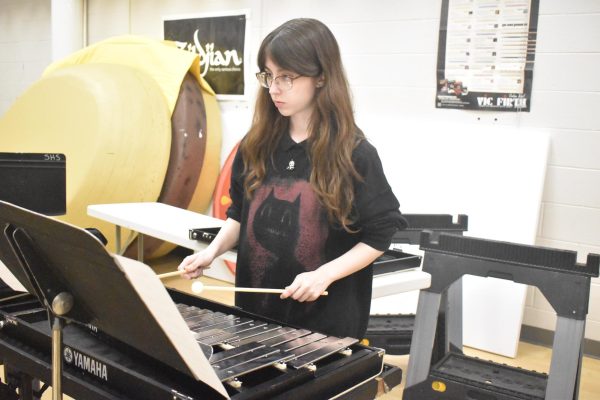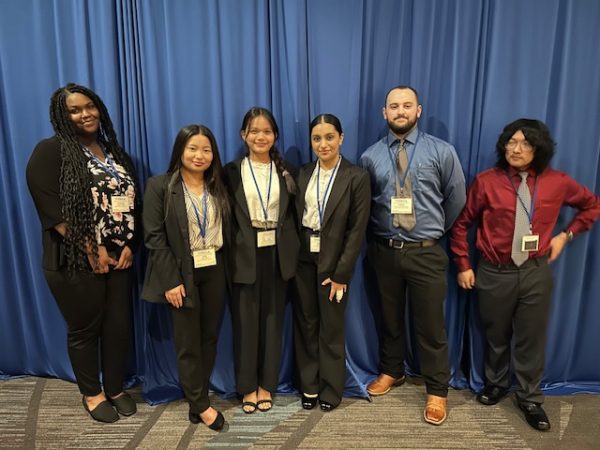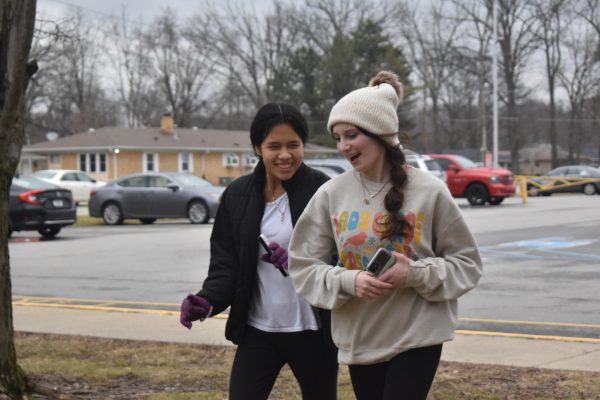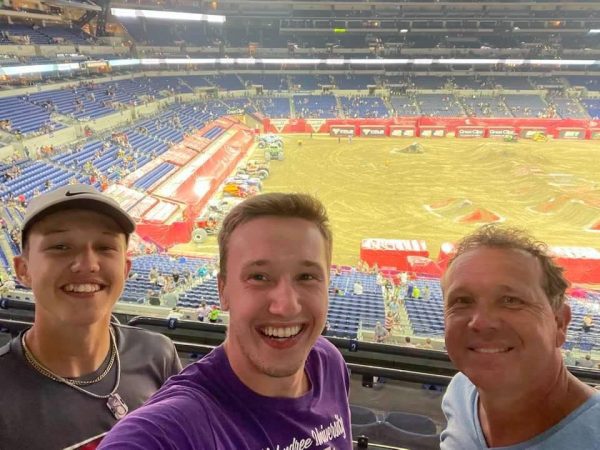The green-er generations
An increasing number of people are making the switch to be more environmentally conscious
Science teacher Rachel Pearce is just one person at SHS who has made life changes to help the Earth. These are everyday items she carries with her to reduce the amount of waste she produces. She says she always carries her own utensils, water bottle, reusable straw, reusable coffee cup, and reusable bag.
January 29, 2018
During this time of increased pressure on humans to preserve Earth’s resources, many people at Southport have increased their focus on going green. Students around SHS have begun to go green by recycling, reusing and conserving their resources. Many now walk around with their own reusable water bottles, almost every room has a recycling bin and thanks to technology, paper is becoming less common. Rachel Pearce, a science teacher at SHS, is thrilled to see these changes.
“The way we are using resources is not sustainable, Pearce said. “We are going to run out of stuff like clean air, clean water, food with the way the world is going. Climate change is real. Climate change is happening, so one of the things we can do is use less resources.”
Pearce is an advocate for going green to many of her classes. She herself lives a very environmentally conscious lifestyle. She uses a reusable water bottle, has a reusable set of silverware in her purse so she can avoid plastic utensils, uses her own grocery bags, has a compostable toothbrush made of bamboo and nylon, makes her own deodorant and toothpaste to avoid using extra plastic, owns her own chickens and is a vegan.
Pearce says that refusing to buy products made of plastics or rubber is an easy start to a green lifestyle. She also believes that reducing the amount of meat products you consume is a great way to go green.
“I’m not saying everyone needs to go vegan, as great as that would be, but if you at least reduce your meat consumption, that’s a really good, fairly easy way, and one of the most impactful ways that people can do to be more green,” Pearce said.
Senior Ignacio Rodriguez, who took Pearce’s AP Environmental Science class last year, is making several changes to his life. He says he tries to be as conscious as possible by using little plastic, using reusable containers and water bottles, not using styrofoam and becoming a vegan. He also says that making conscious decisions for himself and the environment involves refusing to over consume products that he doesn’t need, like snacks wrapped in plastic. He says this helps his own nutrition and the health of the Earth.
“I make choices that say, ‘I know I’m fine without it’,” Rodriguez said. “Not the western thing that we’re used to, which is, ‘I won’t be fine until I get it.”
Senior Sierra Foote is also trying to make a few changes in her own life.
Foote says that she tries to make healthy choices when buying her groceries by looking for certain signs or labels that show the producer of the product isn’t harming the environment.
“I try and buy more stuff that’s recycled,” Foote said, “and when it comes to food, I buy stuff that uses less meat, like cereals and pasta that have proteins in them.”
Both Rodriguez and Foote were inspired to make greener choices by Pearce’s classes. They claim that educating oneself on the dangers and risks involved in today’s lifestyle is one of the most important things that can be done to make an impact.
“It’s very crucial for us as people who are going to go into the future, and who will have power to do things differently in the future, that we educate ourselves now,” Rodriguez said. “So, it’s good that everyone has a concept of where the planet is headed and realize the very real damage that is happening right now and that we need to address that now and have everyone on the same page.”
Along with gaining knowledge on the consequences of ones lifestyle, Pearce and her students have more ideas on how to make SHS a greener school. Pearce says she would like to see more appealing vegetarian options at lunch, more reusable water bottles on sale in the bookstore, less use of paper in the classroom, less use of the styrofoam lunch trays and for the school to begin composting.
All three say not to be held back by the idea that one high schooler can’t make a difference. They say if you dedicate yourself to becoming more green and be genuine about it, then your influence can change many people’s ways and make a real impact.
“These sort of things may seem minute, but the big key here is influence,” Rodriguez said. “As more people get on board to that, we can get to a state where we may be sustainable as people on this planet. Where we are right now, we may not be able to survive for another hundred years. So, as we get more people on board, and more people subscribing to this idea, maybe we’ll have longevity.”


